Famous Paintings have captivated audiences for centuries, reflecting the artistic genius and cultural narratives of their time. From Da Vinci’s enigmatic Mona Lisa to Van Gogh’s vibrant Starry Night, these masterpieces not only showcase unparalleled skill but also evoke profound emotions. In this detailed exploration, we’ll delve into some of the most renowned paintings, their creators, and the stories behind them.
The All-time Greats
1. Mona Lisa by Leonardo da Vinci
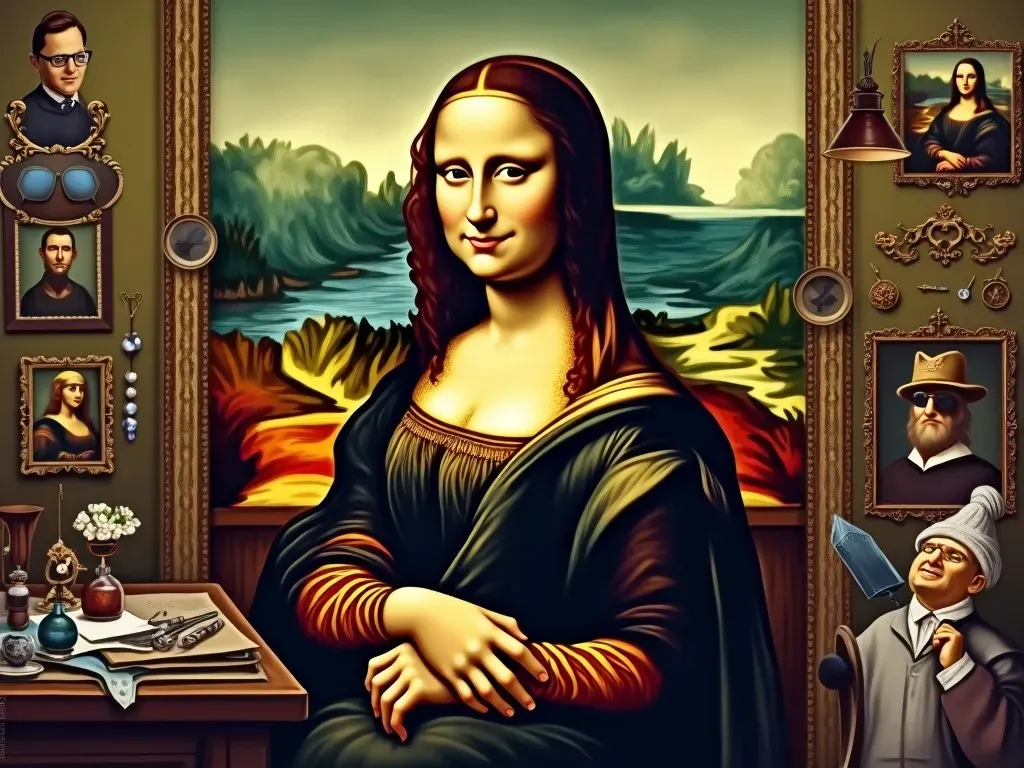
The Mona Lisa, painted between 1503 and 1519, remains one of the most recognized paintings worldwide. The portrait is celebrated for its intricate detail and the mysterious expression of the subject. Da Vinci’s use of sfumato, or the technique of softening transitions between colors, gives the painting a lifelike quality.
*Key Facts about the Mona Lisa:
- Artist: Leonardo da Vinci
- Year Completed: 1503-1519
- Current Location: Louvre Museum, Paris
- Medium: Oil on poplar wood
2. Starry Night by Vincent van Gogh
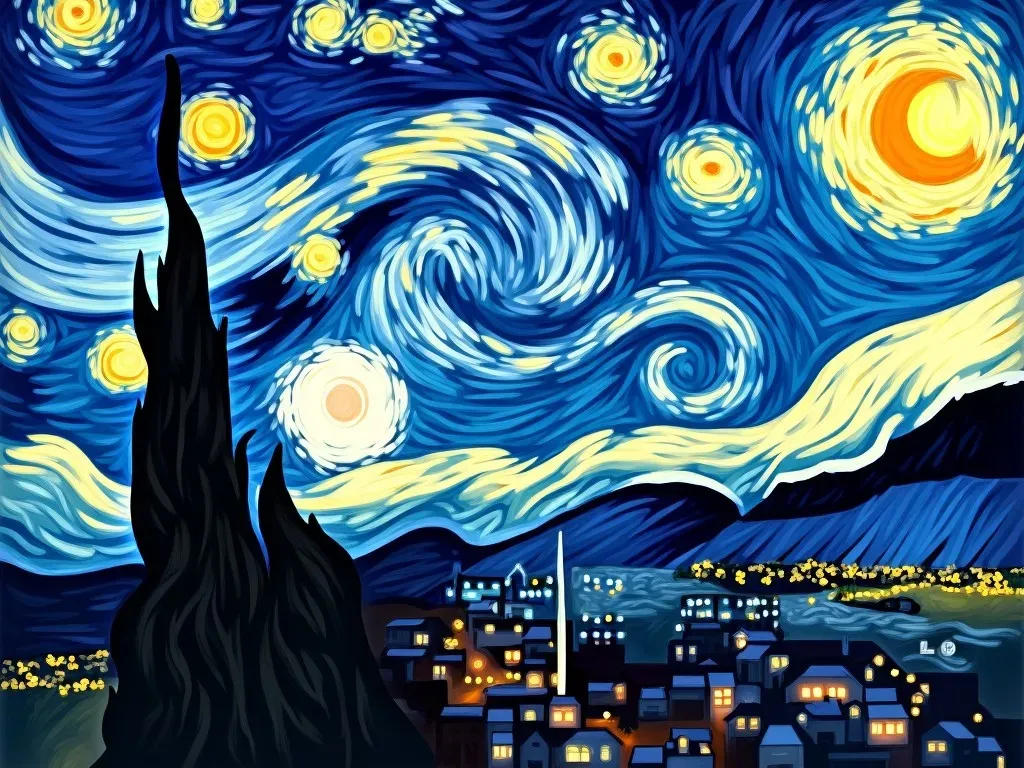
Starry Night embodies the emotional turmoil of Van Gogh’s mind, conveying deep sadness yet an overwhelming beauty. Painted in 1889 while in the asylum of Saint-Rémy-de-Provence, the artwork features swirling stars over a quiet village.
*Key Facts about Starry Night:
- Artist: Vincent van Gogh
- Year Completed: 1889
- Current Location: Museum of Modern Art, New York
- Medium: Oil on canvas
3. The Last Supper by Leonardo da Vinci
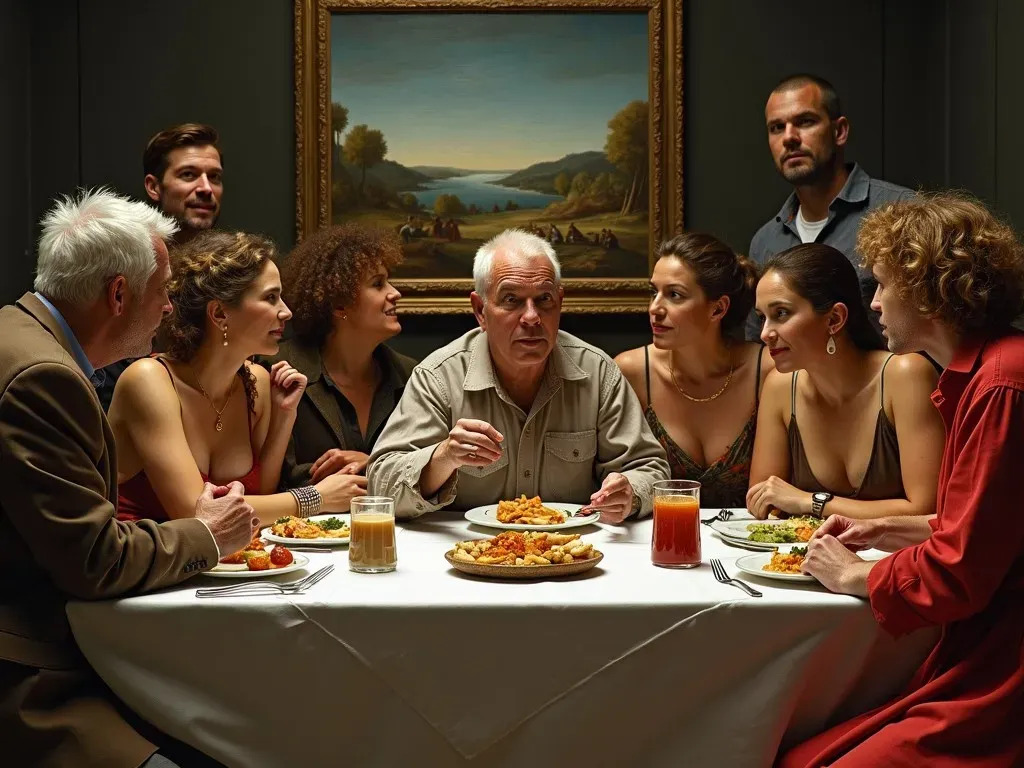
Another masterpiece by Da Vinci, The Last Supper captures the moment Jesus announces that one of his disciples will betray him. Painted on a wall in Milan, the strategic use of perspective draws viewers into the emotional scene.
*Key Facts about The Last Supper:
- Artist: Leonardo da Vinci
- Year Completed: 1495-1498
- Current Location: Convent of Santa Maria delle Grazie, Milan
- Medium: Tempera on gesso
4. The Persistence of Memory by Salvador Dali
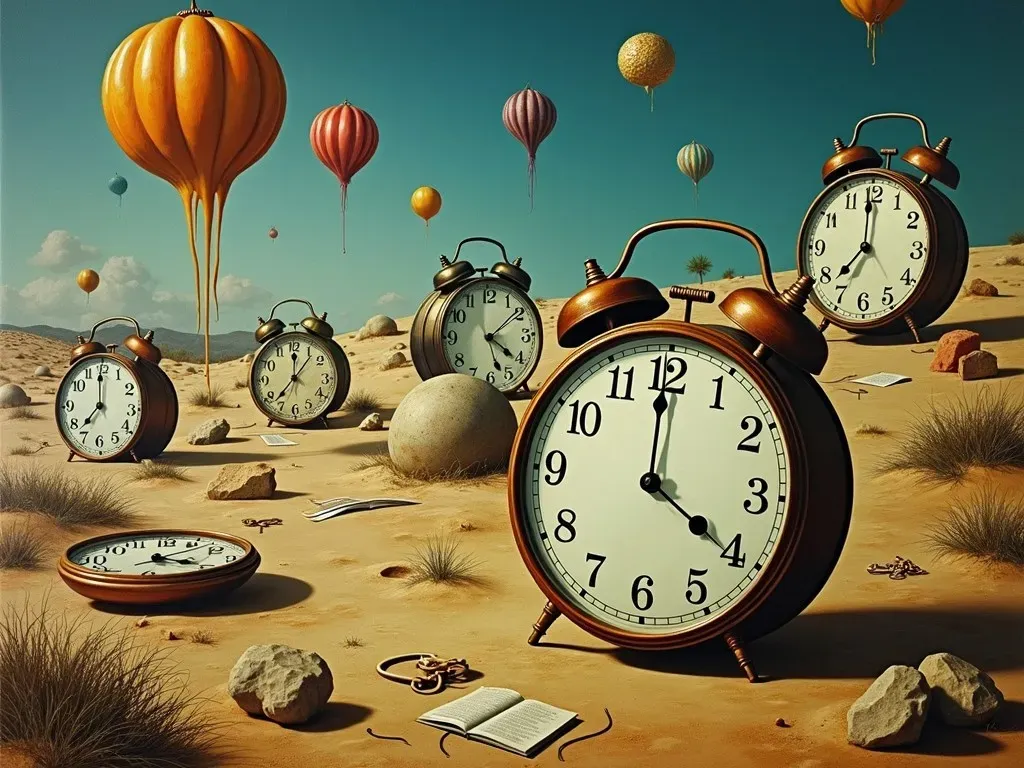
Dali’s surreal masterpiece challenges our perception of reality. The melting clocks symbolize the relativity of time, showing how it can slip away in our subconscious thoughts.
*Key Facts about The Persistence of Memory:
- Artist: Salvador Dali
- Year Completed: 1931
- Current Location: Museum of Modern Art, New York
- Medium: Oil on canvas
Table of Famous Paintings and Their Significance
| Painting Title | Artist | Year Completed | Current Location | Medium |
|---|---|---|---|---|
| Mona Lisa | Leonardo da Vinci | 1503-1519 | Louvre Museum, Paris | Oil on poplar wood |
| Starry Night | Vincent van Gogh | 1889 | Museum of Modern Art, New York | Oil on canvas |
| The Last Supper | Leonardo da Vinci | 1495-1498 | Convent of Santa Maria delle Grazie | Tempera on gesso |
| The Persistence of Memory | Salvador Dali | 1931 | Museum of Modern Art, New York | Oil on canvas |
Reference Video
Famous Paintings and Their Cultural Impact
Famous paintings not only shine as artistic spectacles but have also served as cultural touchstones. They have inspired movements, incited debates, and brought attention to societal issues.
5. The Girl with a Pearl Earring by Johannes Vermeer
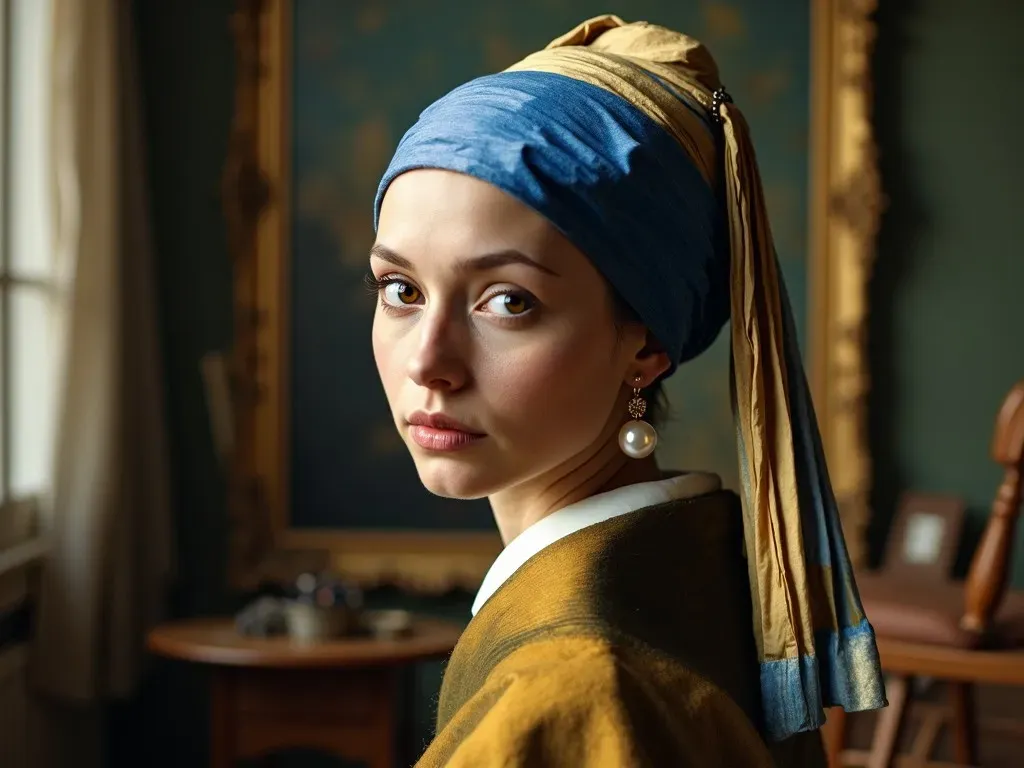
Known as the “Mona Lisa of the North,” Vermeer’s work caught the spotlight in contemporary discussions about gender and identity in art.
Key Points:
- Artist: Johannes Vermeer
- Year Completed: 1665
- Medium: Oil on canvas
- Current Location: Mauritshuis, The Hague, Netherlands
6. The Scream by Edvard Munch
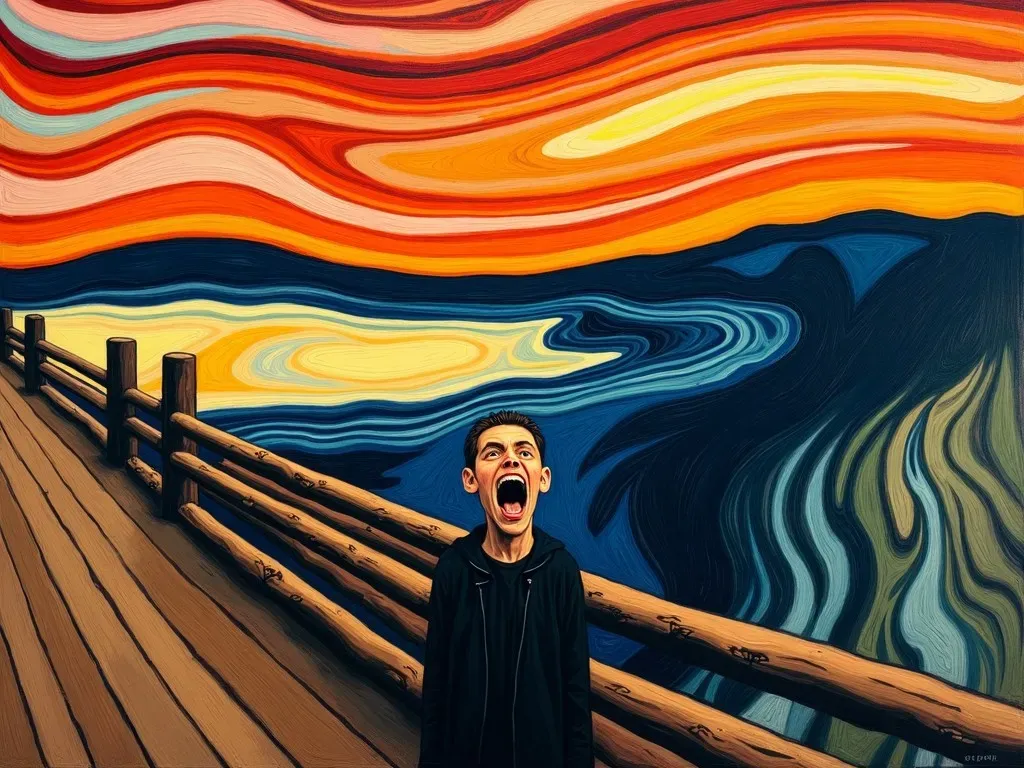
The Scream carries an expressionist essence, depicting human anxiety, and existential dread. Munch’s technique focuses on color and brushstrokes, creating emotional turbulence.
Key Points:
- Artist: Edvard Munch
- Year Completed: 1893
- Medium: Oil on canvas
- Current Location: National Gallery, Oslo, Norway
The Role of Famous Artists in Art History
The legacy of famous paintings is deeply intertwined with the artists themselves. Names like Rembrandt, Picasso, and Monet have become synonymous with specific styles and movements within art.
7. Water Lilies by claude monet
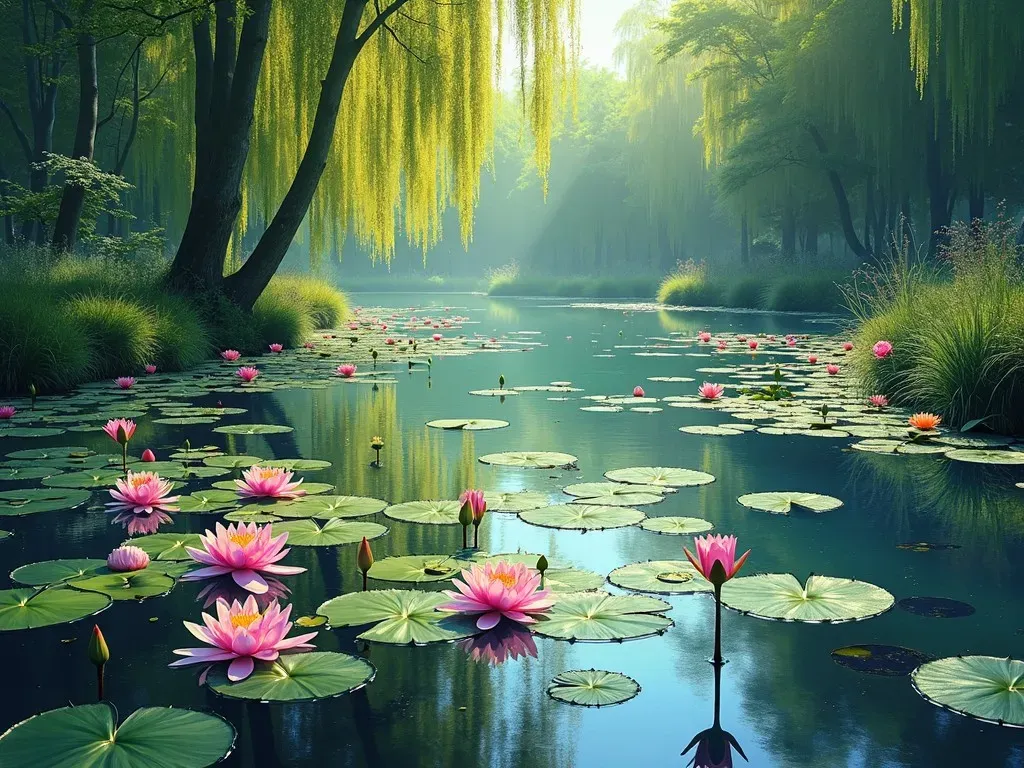
Monet’s Water Lilies series captures the sublime beauty of nature and the ephemeral play of light on water. Each piece is a testament to the Impressionist movement and its emphasis on color and perception.
Key Points:
- Artist: Claude Monet
- Year Completed: 1916
- Medium: Oil on canvas
- Current Location: Musée de l’Orangerie, Paris
8. Guernica by Pablo Picasso
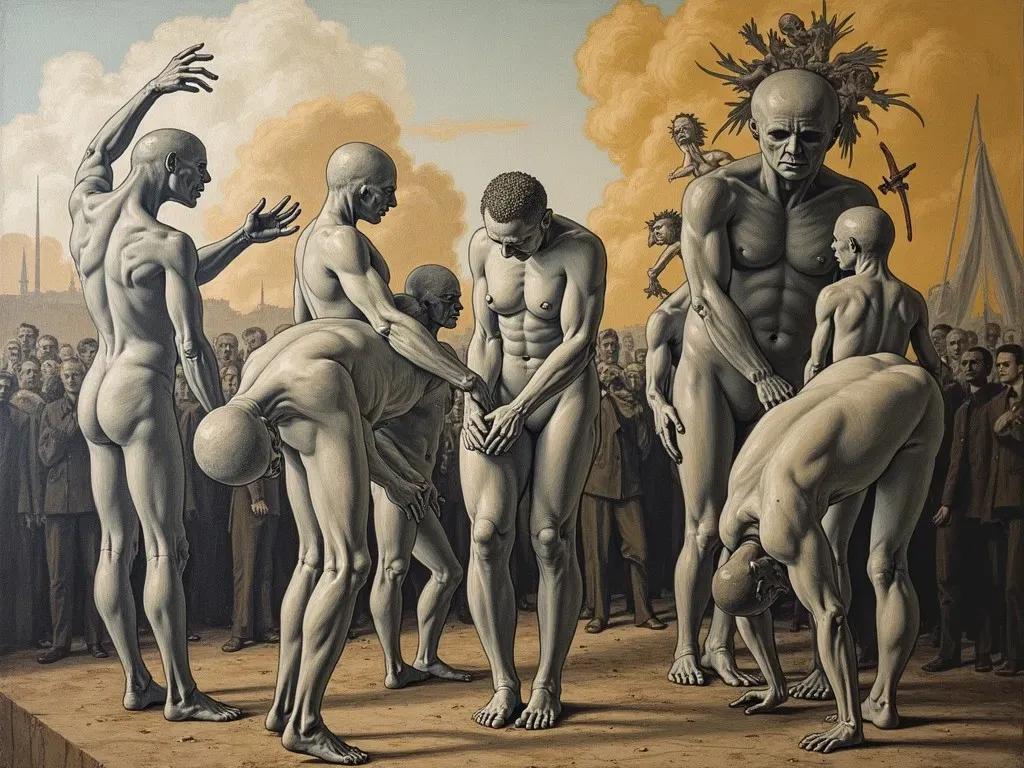
Picasso’s Guernica, painted in response to the Spanish Civil War, employs cubism to convey chaos and suffering, becoming an anti-war symbol worldwide.
Key Points:
- Artist: Pablo Picasso
- Year Completed: 1937
- Medium: Oil on canvas
- Current Location: Museo Reina Sofia, Madrid
Frequently Asked Questions
1. What are some characteristics of famous paintings?
Famous paintings often contain unique Techniques, compelling narratives, exceptional color schemes, and emotional depth that resonates with viewers.
2. Who are the most famous painters of all time?
Some of the most renowned painters include Leonardo da Vinci, Vincent van Gogh, Pablo Picasso, Michelangelo, and Claude Monet.
3. Why are some paintings more famous than others?
A painting’s fame can be attributed to several factors, including the artist’s renown, the historical context of the artwork, its innovative technique, and the emotional or political themes it represents.
4. Where can I see famous paintings?
Many famous paintings are housed in renowned museums worldwide, including the Louvre in Paris, the Museum of Modern Art in New York, and the National Gallery in London.
5. How do paintings impact culture?
Famous paintings can reflect societal issues, provoke critical thought, and inspire movements, making them profound elements in the dialogue between art and culture.
For further exploration of famous paintings and artists, visit Time Out.
This article articulates the magic and significance of famous paintings, examining their creators, historical context, and lasting impact on the art world and culture. Each masterpiece narrates a unique story and embodies the human experience, inviting appreciation and reflection.
